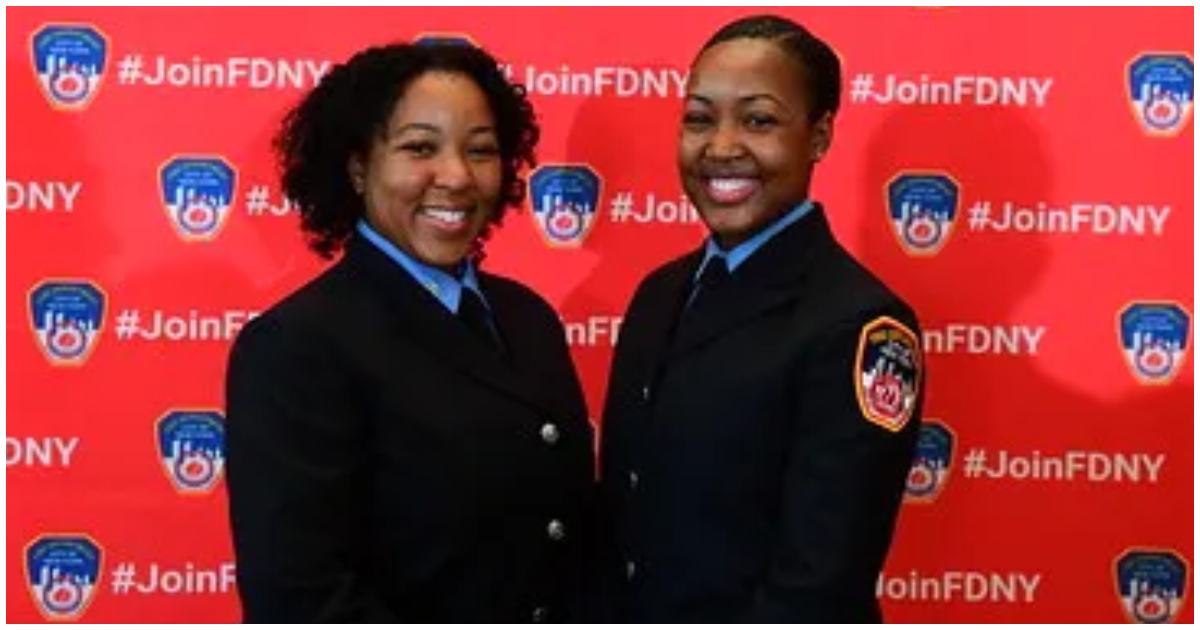The New York City Fire Department (FDNY) has reached a historic milestone. Sisters Ashley and Shanah Laroche have become the first Black sisters to join the ranks of New York’s Bravest. Their inspiring journey highlights the FDNY’s commitment to diversity and inclusion.
Breaking Barriers in the FDNY
Ashley Laroche has served as a firefighter for five years. Her sister Shanah joined the force two years ago after a five-year stint as an EMT. Their presence in the FDNY is groundbreaking.
“Seeing a Black female firefighter as a role model gave me the confidence to pursue this career,” Ashley explained. She then encouraged her sister to follow in her footsteps. Shanah added, “It was an adjustment, but knowing others had paved the way made it possible for me too.”
FDNY’s Push for Diversity: “ALL HEROES WELCOME”
The Laroche sisters’ story aligns with FDNY’s recent recruitment campaign, “ALL HEROES WELCOME.” This initiative aims to increase diversity within the department’s ranks. Fire Commissioner Laura Kavanagh and Mayor Eric Adams are leading this charge.
The campaign offers resources like free exam prep sessions and physical fitness training. These tools help potential recruits prepare for the upcoming firefighter exams. It’s the first new firefighter exam in seven years.
Representation Matters: Inspiring Future Generations
Ashley and Shanah now serve as mentors within the FDNY. Their journey proves the importance of representation in traditionally male-dominated fields. They embody the values of dedication and courage that the FDNY promotes.
Their success opens doors for aspiring firefighters from diverse backgrounds. It shows that with determination, anyone can achieve their dreams of serving their community.
FDNY’s Diversity by the Numbers
Currently, 28% of FDNY firefighters are minorities. This includes 16.5% Hispanic, 10% Black, 2.5% Asian, and less than 1% Native American. Women make up 1.6% of the force.
Progress is evident in recent graduating classes. The March 2024 Fire Academy class was over 50% minority. Additionally, 3.3% of the graduates were women. These numbers show positive change within the department.





